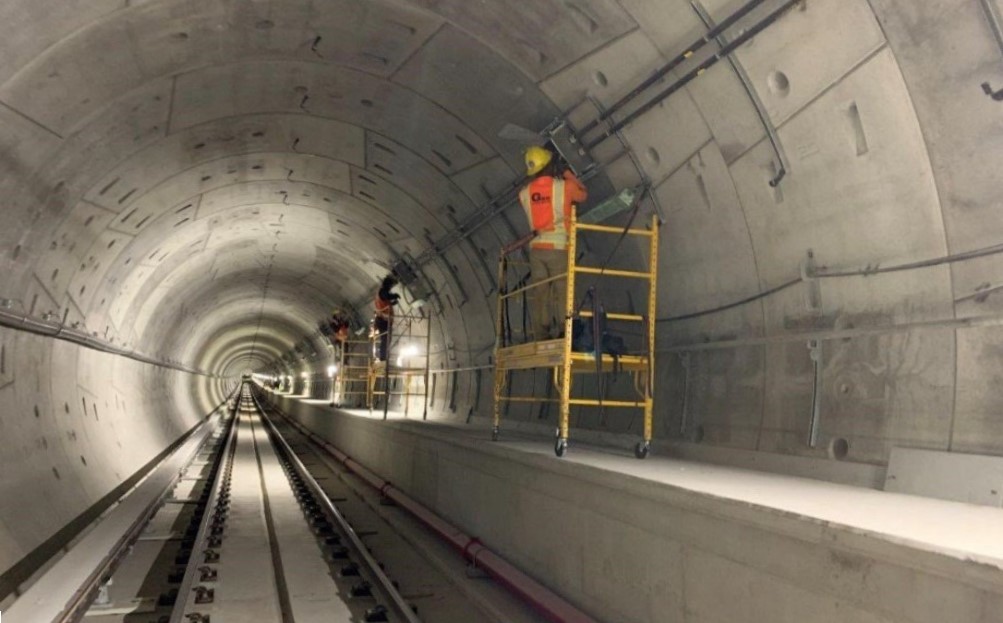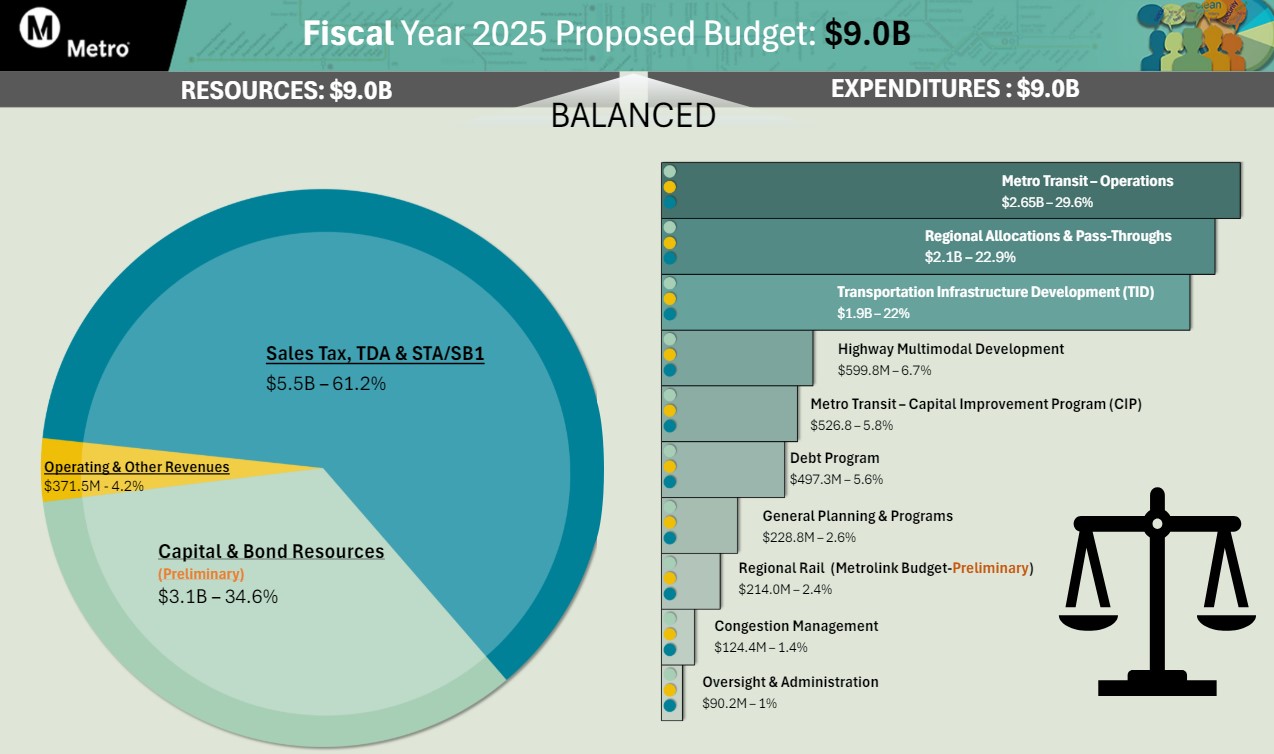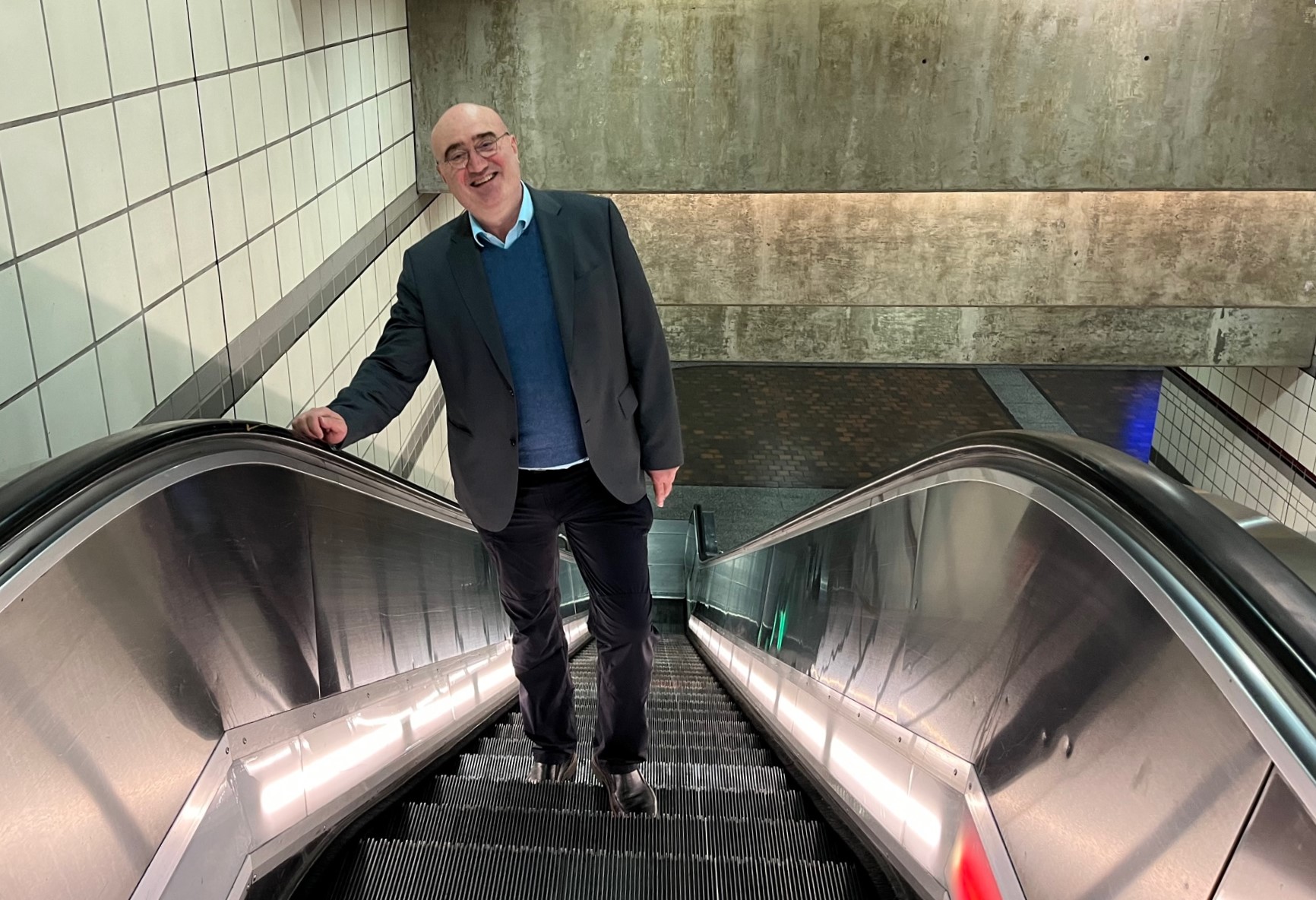When President Obama and Secretary LaHood talk about their bold new vision for high-speed rail, you don’t hear them mention the country’s very own train company, which just celebrated ten years of providing the closest thing this country has to high-speed rail service, in the Northeast Corridor.
The administration has doled out $10.5 billion so far for rail improvements around the country. Some of that is going to existing rail lines that Amtrak runs, such as the Cascade service in the Pacific Northwest, which is using federal funds to improve on-time performance, increase frequency of service, improve signaling, and slowly increase top speeds.
But the banner projects are new, next-generation high-speed lines in places like Florida and California. Service on those lines is being opened up to competitive bidding. Will Amtrak be part of it? And if not, will the nation’s 40-year-old rail giant fade into irrelevance?
Florida is expected to issue a call for bids any day now (assuming Governor Rick Scott doesn’t decide, in the end, to kill the project like his colleagues in Wisconsin and Ohio). The state only represents a prospective 2.4 million riders a year (compared with about 13 million on the NEC) but it’s enormously significant because Florida and California are the only new lines projected to run passenger rail service on dedicated tracks – not competing with freight trains.
Where intercity passenger trains compete with freight – in most of the country these days, excluding the NEC – “Amtrak can only run a handful of trains per day because they’re leasing space on a freight railroad that doesn’t keep the schedules,” said Petra Todorovich, an expert on high-speed rail with the nonprofit America 2050. “When [freight trains] fill up their cargo from the yard, then they leave the yard. So Amtrak is trying to run passenger trains on a schedule on tracks that are owned by a railroad that doesn’t keep a schedule.”
That’s why rail service in much of the country has been infrequent and unreliable and has been in a poor position to compete with private automobiles or air travel. Amtrak continues to run those lines as a public service, in many cases mandated by Congress – but they’re not profitable or efficient.
So a dedicated track for passenger rail in Florida and California presents a unique opportunity for rail to show off what it can do for other parts of the country, which haven’t historically had world-class train service.
Amtrak has teamed with French National Railway Corporation (SNCF), in partnership with Bechtel, to offer a bid to design, build, operate, maintain and finance the Florida line.
Amtrak recently brought on Al Engel, a leader in the field, to lead its new high-speed rail division. Todorovich says his hire, along with the creation of the division, sent a message that “Amtrak is going to go after these opportunities.”
“Amtrak is certainly disappointed that we aren’t a factor that’s built into every corridor,” Engel told Streetsblog, “because we do operate passenger services in Florida, and California is our second largest market. It would be unfortunate if a state had to proceed without the benefit of Amtrak’s involvement.”
Still, Engel says Amtrak is in a good position to win the contracts for the new high-speed lines. He points to Acela’s 10-year anniversary of “successfully operating and growing the market for high-speed rail in the Northeast Corridor.”
“We work with 16 different unions and deliver a very popular service, and our ridership statistics show that,” Engel told Streetsblog. “All that experience of working with labor, the operating equipment, the reservation systems, the marketing, all the different aspects of providing a successful passenger rail service in the United States – we can bring all that strength and all that experience to Florida, or California, or the Midwest.”
He added that Amtrak also has decades of experience working with the regulators at the FRA.
Amtrak’s critics have long said that the company is a money pit for federal funds. Republicans recently proposed (again) to eliminate funding for Amtrak. But Engel says it’s not a fair criticism.
“You have to compare different modes on an equal basis, which is never done. The aviation system is heavily subsidized,” Engel said. “We’re providing routes that are desired by those in leadership positions. We also are operating with agreements that were statutorily established in terms of our labor and the routes that we provide.” Besides, in the NEC, he said, Amtrak turns a profit, recouping 121 percent of its expenses.
Malcolm Kenton of the National Association of Railroad Passengers agrees that the Amtrak gets a bad rap.
“My view is that they have been under this survivor mentality – I mean, you can’t do a good long-range plan if you don’t know how much money you’re going to get year after year. You can only plan as far out as one year unless there’s a multi-year authorization.” The Passenger Rail Investment and Improvement Act of 2008 funded Amtrak though 2013, alleviating some of the problem Kenton referred to – for the time being.
Kenton says Amtrak is in a good position to compete for the high-speed rail contracts because of their long experience operating in the United States, their good relationships with the railroads, and the economy of scale. But he welcomes competition from other companies around the globe.
“If there’s competition to bring the fares down and for better customer service, that would be good for the passenger,” Kenton says. On the other hand, though, it could be detrimental “if the other operators don’t work with Amtrak on cross ticketing, so you wouldn’t be able to book through-tickets to a place that’s only served by a non-Amtrak line.”
The stimulus money for high-speed rail will create jobs and build needed rail improvements in this country, no matter who builds it. But if Amtrak runs it, it could help strengthen the struggling public company by adding new lines that are generating significant buzz.
But will Amtrak survive if it doesn't nab these high-speed routes? Certainly Amtrak is going to fight hard for the chance to run them, but Engel didn't seem to think it was an existential question. And he's still hopeful that much of the federal money will find its way to Amtrak. He wouldn't engage in "forecasting" but he said that while Amtrak was in a good position to compete in Florida, "California is going to play out very differently than Florida."
NARP's Kenton isn't burying Amtrak just yet. "For the foreseeable future, they’ll have a lock on the long-distance national network trains which will tie these other corridors together by rail and provide an alternative to driving and flying even over long distances," he said.
Engel said that even if the team Amtrak has put together in Florida isn't victorious, Amtrak could still be brought on to help the winning team. And other observers see a role for Amtrak in partnering, at least, with whatever rail operator ends up running the lines.
And of course, billions of high-speed rail dollars are aimed at shoring up existing mid-speed corridors already operated by Amtrak, which will continue to be operated by Amtrak. Dramatically improved service on lines that have been long left for dead will arguably do as much to raise Amtrak's profile as the headline-grabbing high-speed lines elsewhere.






